In this day and age everyone typically wants faster, smarter, more compact, and less complex. We want everything done for us, and we want computers to do all the heavy lifting. We want a smart home. We want our vehicles to be better drivers – checking blind spots, alerting us to cars, people and objects including those pesky blind spots in our vehicles. And, we want all of those smart controls to be in a tiny package with intuitive instructions.
So where does pneumatic control fit into this new mindset? Well, there is that old saying “if it ain’t broke don’t fix it”.
Sounds good, right? So, what if it never breaks?
I am a proponent of new technology and replacing or repairing breaks – don’t get me wrong. However, when more complexity is added, perhaps it’s more likely to malfunction. When the complicated things break they either involve a more difficult repair or a more expensive repair thus spending more than we ever intended in time and or cost.
This is a key benefit of a pneumatic control system. Pneumatic control is a very versatile power source, capable of moving large objects, pressing parts into tight spaces or just popping small parts around. These are just a few applications. Pneumatic components are very reliable and require little in the way of maintenance. Think of it as a “set it and forget it” power source or method of control. Of course pneumatic control as a stand alone control method has no intelligence, and there is also very little that can go wrong. Pneumatic systems are very robust and will provide many years of trouble-free operation.
If you are curious about pneumatic control and what it can do for your facility AutomationDirect is here to help. Our technical support team is reachable via phone and email. You can also learn a lot by perusing our award-winning web site, or by watching one of our entertaining and informative videos Check out the content below for even more pneumatic info, and feel free to give us a call with any questions!
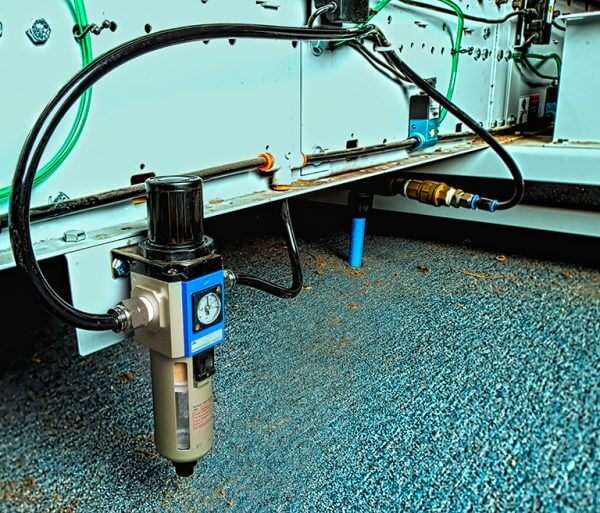
Pneumatic Air Preparation Basic
Top tips for supplying clean and regulated air for best pneumatic equipment performance. Read More Now –>
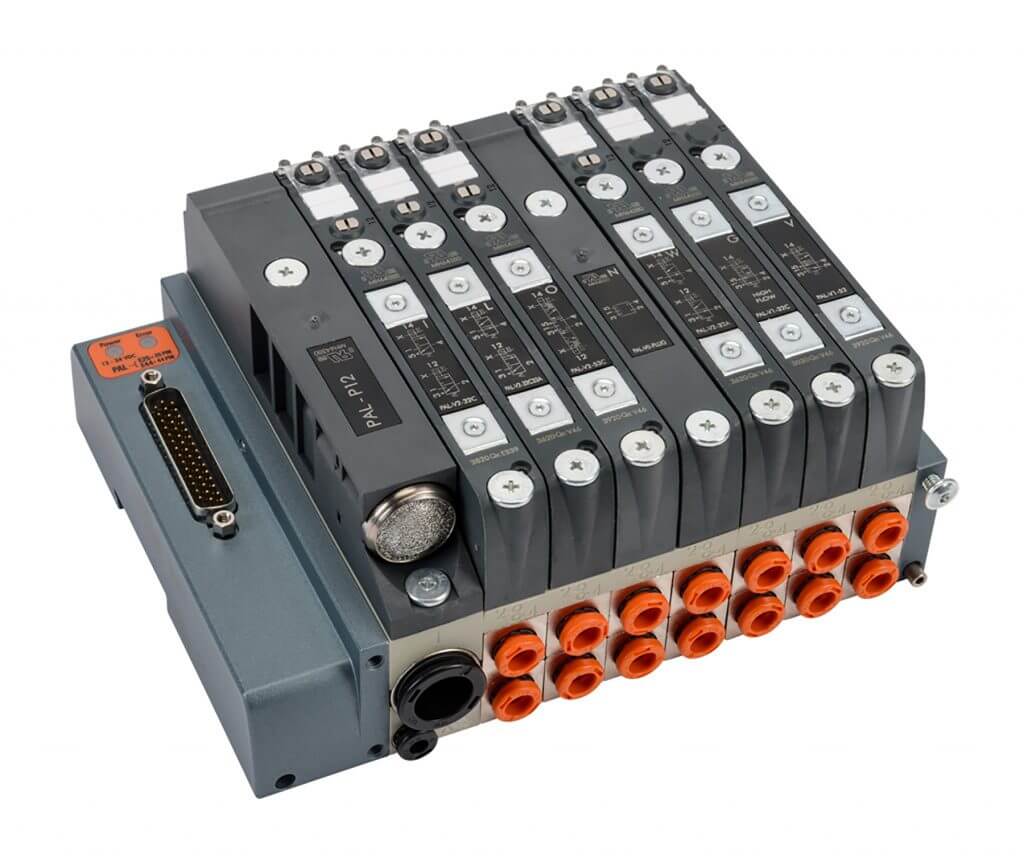
Solenoid Valve Banks Provide Machine Automation Options
Networked electro-pneumatic solenoid banks can be distributed on machines for better control and more efficient installations. Read More Now–>
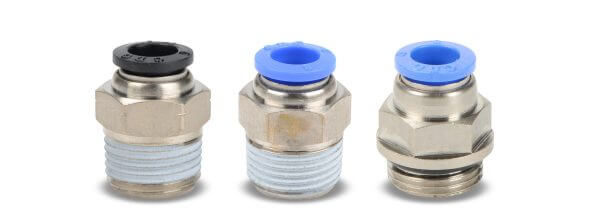
Pneumatic Fitting Tips
Properly identifying pneumatic fitting and component sizes, especially on older equipment, is easier with these tips. Read More Now –>
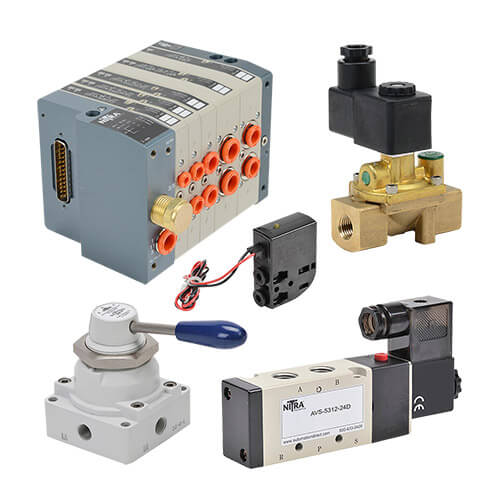
What is a Solenoid Valve?
Valves are fundamental devices for controlling gas and liquid flow, and adding solenoids enables them to be remotely controlled and automated. Read More Now –>

What is a Pneumatic Cylinder?
What is a pneumatic air cylinder? This video will help show a look inside pneumatic cylinders and what you need to start building your own pneumatic air cylinder system today. Watch Now –>

How to Buy a Pneumatic Cylinder
There are just a few simple steps to find the proper air cylinder for your application. Watch Now –>
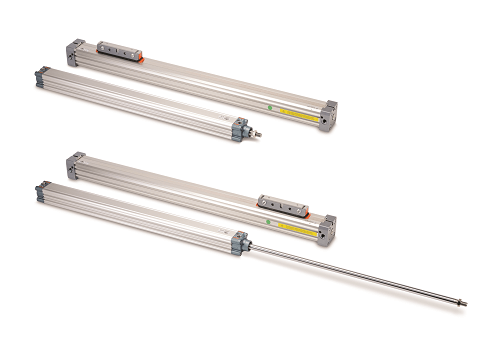
Rodless Cylinders Provide a Compact Pneumatic Linear Motion Option
Rodless cylinders are an ideal way to apply pneumatic linear motion for equipment. Read More Now –>

AutomationDirect Nitra PAL Pneumatic Solenoid and IO Distribution System
The NITRA Pneumatic Automation Link (PAL) series is an electro-pneumatic system that can include electrical field I/O or pneumatic valves or a combination of both. Watch Now –>

